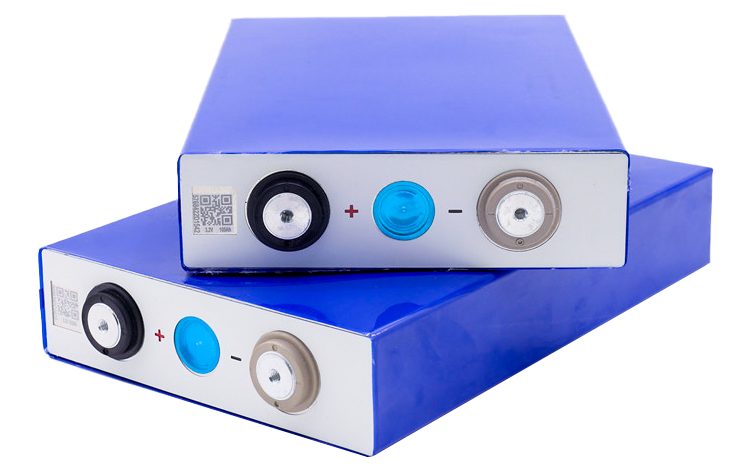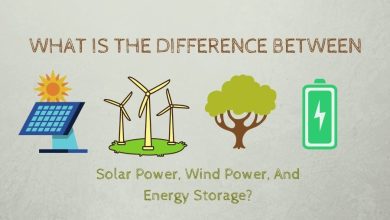
LiFePO4 Battery, with the full name of lithium iron or lithium Ferro phosphate battery. It is a high-power lithium-ion rechargeable battery for energy storage, EV, electric tools, yacht, and solar systems that uses lithium iron phosphate as the positive material. LFP Battery Cell has excellent safety and cycle life performance advantages and is the most critical technical index of a power battery.
The cycle life of Lithium Phosphate Battery at 1C charging is around 2000times, it also has the performance that puncture does not explode, and it is not easy to burn when overcharging. The materials of lithium iron phosphate cathode make large-capacity lithium batteries easier to use in series. lithium iron phosphate lfp battery has a working voltage of 2.8V ~3.65V, a nominal voltage of 3.2V, and a wide operating temperature range (-20℃~ +75℃). LiFePO4 batteries have the advantages of long cycle Life, faster Charging,discharging and low Self Discharge rate, high safety, high energy density and high-temperature performance.
The lithium iron phosphate battery (LiFePO4 battery) or LFP battery (lithium ferrophosphate) is a type of lithium-ion battery using lithium iron phosphate (LiFePO4) as the cathode material, and a graphitic carbon electrode with a metallic backing as the anode. The energy density of an LFP battery is lower than that of other common lithium ion battery types such as Nickel Manganese Cobalt (NMC) and Nickel Cobalt Aluminum (NCA), and also has a lower operating voltage; CATL’s LFP batteries are currently at 125 watt hours (Wh) per kg, up to possibly 160 Wh/kg with improved packing technology, while BYD’s LFP batteries are at 150 Wh/kg, compared to over 300 Wh/kg for the highest NMC batteries. Notably, the energy density of Panasonic’s “2170” NCA batteries used in 2020 in Tesla’s Model 3 is around 260 Wh/kg,which is 70% of its “pure chemicals” value.
LiFePO4 is a natural mineral of the olivine family (triphylite). Arumugam Manthiram and John B. Goodenough first identified the polyanion class of cathode materials for lithium ion batteries.LiFePO4 was then identified as a cathode material belonging to the polyanion class for use in batteries in 1996 by Padhi et al. Reversible extraction of lithium from LiFePO4 and insertion of lithium into FePO4 was demonstrated. Because of its low cost, non-toxicity, the natural abundance of iron, its excellent thermal stability, safety characteristics, electrochemical performance, and specific capacity (170 mA·h/g, or 610 C/g) it has gained considerable market acceptance.
Safety
One important advantage over other lithium-ion chemistries is thermal and chemical stability, which improves battery safety. LiFePO4 is an intrinsically safer cathode material than LiCoO2 and manganese dioxide spinels through omission of the cobalt, with its negative temperature coefficient of resistance that can encourage thermal runaway. The P–O bond in the (PO4)3−ion is stronger than the Co–O bond in the (CoO2)−ion, so that when abused (short-circuited, overheated, etc.), the oxygen atoms are released more slowly. This stabilization of the redox energies also promotes faster ion migration.
As lithium migrates out of the cathode in a LiCoO2 cell, the CoO2 undergoes non-linear expansion that affects the structural integrity of the cell. The fully lithiated and unlithiated states of LiFePO4 are structurally similar which means that LiFePO
4 cells are more structurally stable than LiCoO2 cells.
No lithium remains in the cathode of a fully charged LFP cell. (In a LiCoO2 cell, approximately 50% remains.) LiFePO4 is highly resilient during oxygen loss, which typically results in an exothermic reaction in other lithium cells. As a result, LiFePO4 cells are harder to ignite in the event of mishandling (especially during charge). The LiFePO4 battery does not decompose at high temperatures.
Enphase pioneered LFP home storage batteries for reasons of cost and fire safety, although the market remains split among competing chemistries. The lower energy density compared to other lithium chemistries adds mass and volume, both may be more tolerable in a static application. In 2021, there were several suppliers to the home end-user market, including SonnenBatterie and Enphase. Tesla Motors continues to use NMC batteries in its home energy storage products, but in 2021 switched to LFP for its utility-scale battery product.[The most quoted home energy storage battery in the U.S. is the Enphase, which in 2021 surpassed Tesla Motors and LG.
Transportation
Higher discharge rates needed for acceleration, lower weight, and longer life make this battery type ideal for forklifts, bicycles, and electric cars. 12V LiFePO4 batteries are also gaining popularity as a second (house) battery for a caravan, motor-home, or boat.





